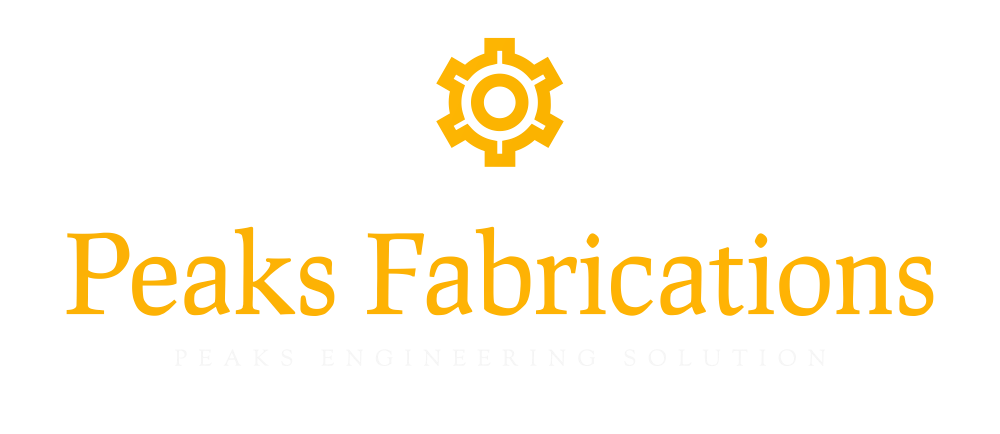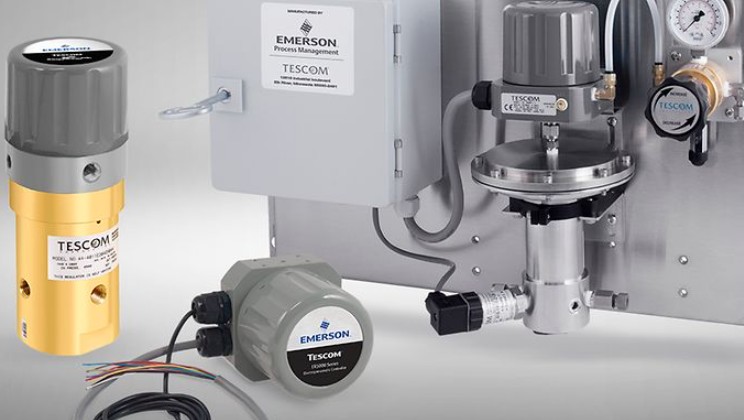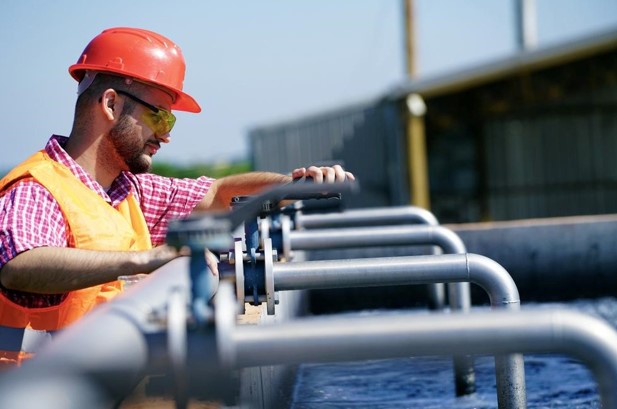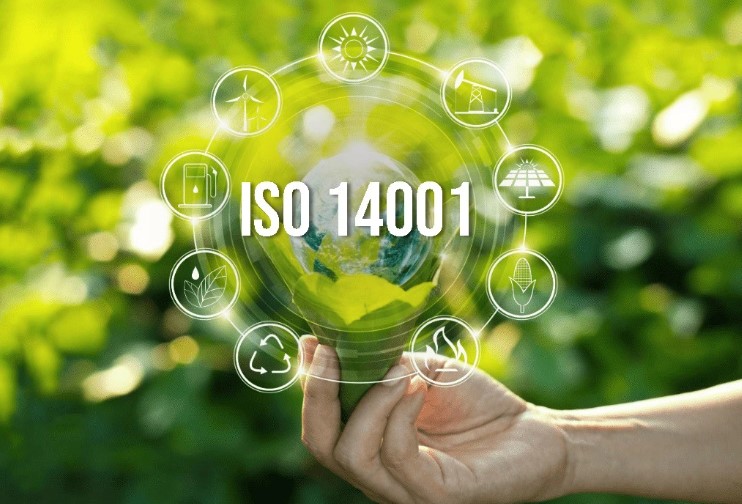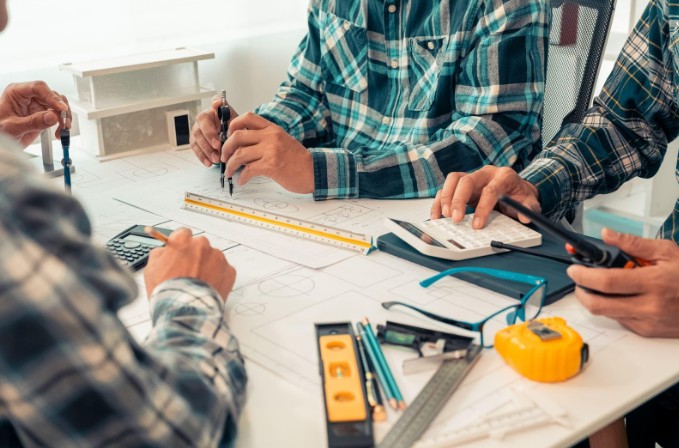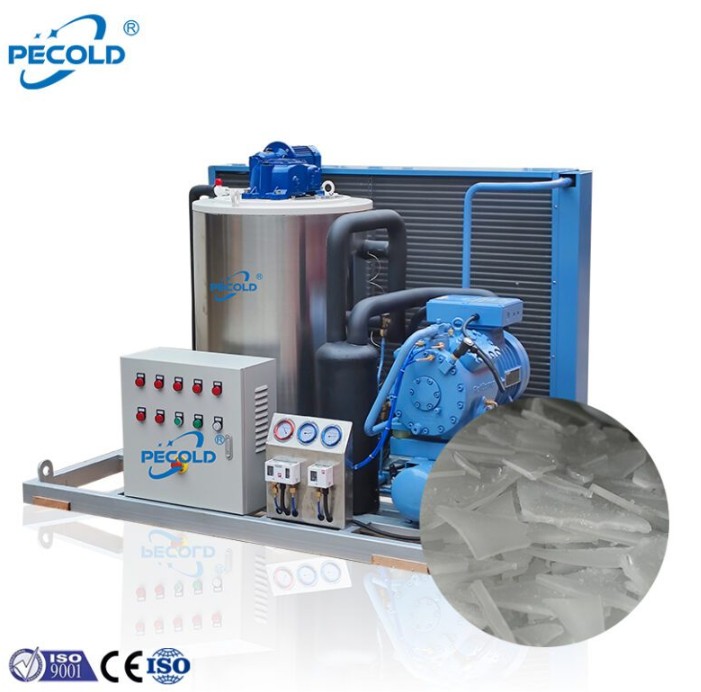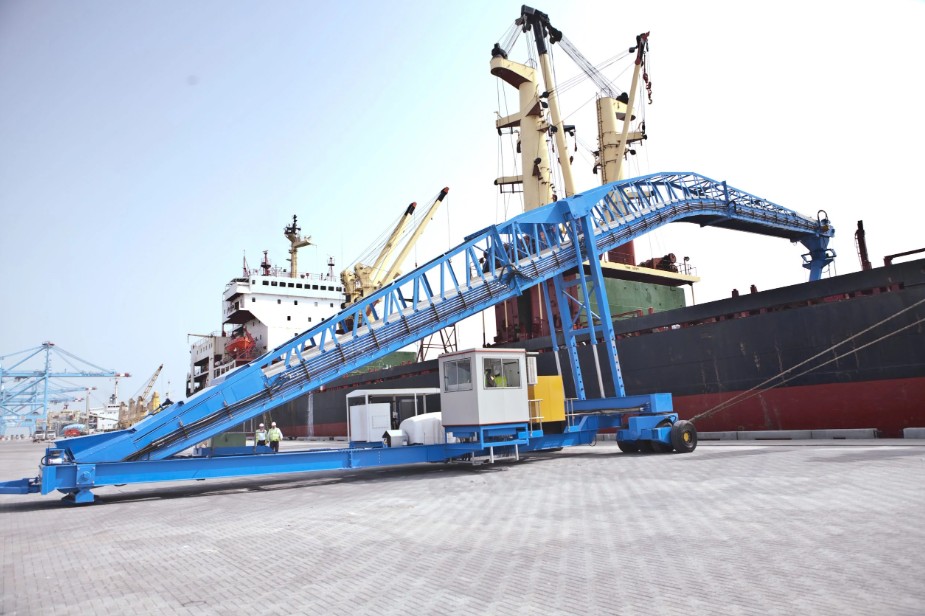Civil & Environmental Engineering That Actually Solves Problems
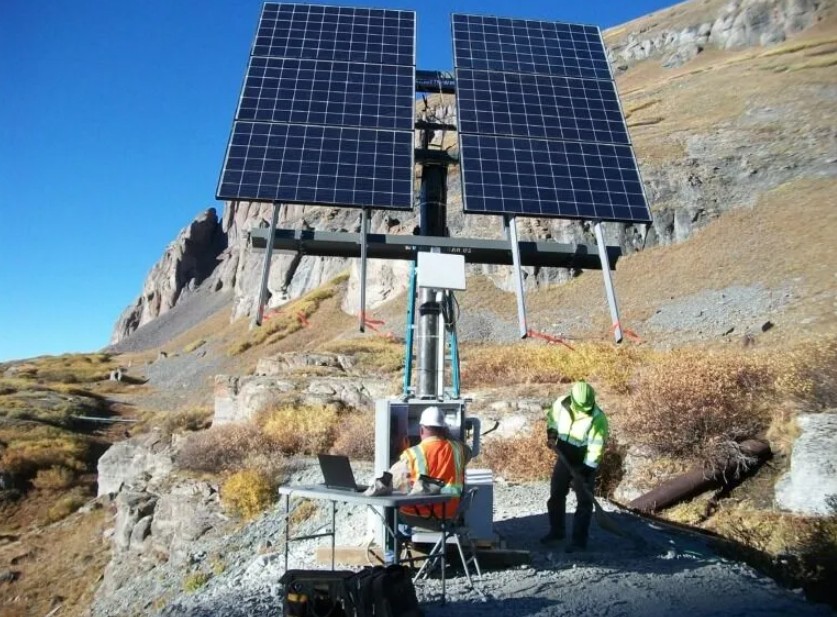
Engineering the Future Like a Genius Billionaire
Engineering That Rewrites the Rulebook
Listen, there’s average engineering—the kind that checks the boxes, meets the code, and does just enough to get the job done. And then there’s the kind of engineering that changes the conversation entirely. This is engineering that rewrites the rulebook, solving problems with clean, efficient, and laser-precise solutions that anticipate tomorrow instead of reacting to yesterday. Because the truth is, the world isn’t slowing down. If anything, the challenges are compounding: aging infrastructure that can’t keep up with demand, cities struggling under the weight of urban flooding, dwindling resources stretched thinner every year, and environmental degradation threatening the very ground we build on. These aren’t minor hiccups. They’re system-level failures that demand system-level intelligence.
That’s where forward-thinking engineering comes in. It’s not about putting a patch over cracks and calling it progress. It’s about reimagining how our environments work from the ground up, designing smarter networks for water, energy, and transportation that don’t just function today but remain resilient for decades to come. It means harnessing data, technology, and sustainable practices to deliver solutions that adapt as conditions shift. It’s using materials that last longer, designs that consume less, and systems that integrate seamlessly with the natural world rather than fighting against it.
The difference is mindset. Average engineering waits for a problem to appear and then reacts. Exceptional engineering sees the risks on the horizon and designs them out of existence. It turns stress points into strengths, vulnerabilities into advantages, inefficiencies into opportunities for innovation. This is the kind of thinking that keeps cities livable, makes infrastructure sustainable, and ensures that the world we pass on is stronger than the one we inherited.
Reimagining the Backbone of Society
Civil and environmental engineering should never be boring. Roads, bridges, stormwater systems—these aren’t just technical projects; they’re the veins and arteries of a functioning society. They shape how communities move, how cities thrive, and how people connect. Yet too often, these systems are treated as routine, reduced to cookie-cutter designs that prioritize short-term efficiency over long-term vision. But you don’t build a better future by cutting corners or dusting off a manual from 1982. You build it by challenging assumptions, by asking smarter questions, by pushing models to be tighter, sharper, and more predictive.
This kind of work isn’t about repeating what’s been done before. It’s about reframing the way we approach infrastructure itself—seeing each blueprint not as a checklist to complete, but as a canvas to innovate on. It requires people who think beyond specifications and regulations, who recognize that every culvert, every bridge span, every drainage system is an opportunity to make life safer, more efficient, and more sustainable for generations to come.
The best engineering is invisible to the average eye, but its impact is everywhere. It’s in roads that stay reliable through decades of use, bridges that stand strong against the elements, and stormwater systems that protect communities from floods once thought inevitable. It’s engineering that combines precision with creativity, science with artistry, and problem-solving with imagination. That’s how you move from building what works today to designing what will endure tomorrow.
Engineering at the Edge of What’s Next
The best engineers today are no longer confined to drafting tables and static calculations—they’re playing at the intersection of data, design, and disruption. They understand that infrastructure isn’t just about keeping pace with demand; it’s about staying ahead of it. Every project is an opportunity to weave sustainability into the smallest detail, from material choices to energy systems, ensuring that what gets built today doesn’t become tomorrow’s liability.
This new era of engineering is powered by intelligence as much as by steel and stone. AI and advanced modeling tools allow engineers to analyze stress points with surgical precision, revealing vulnerabilities long before they become failures. Instead of reacting to cracks, collapses, or breakdowns, these systems predict them—and in doing so, prevent them. It’s engineering that doesn’t just respond to risk, but designs it out of the equation altogether.
Resilience is no longer a buzzword—it’s a baseline. Because the next storm, flood, wildfire, or drought isn’t a question of if—it’s a question of when. The difference between disruption and disaster comes down to the foresight built into the infrastructure engineering itself. When extreme weather hits, you want bridges, roads, and water systems that were conceived with the future in mind, not patched together after the fact.
This is the shift: from hindsight to foresight, from short-term fixes to long-term strength, from systems that merely survive to ones that thrive under pressure. The best engineers aren’t just solving today’s problems—they’re designing the resilient foundations of tomorrow.
The Future Demands Smarter Engineering
Let’s be real: the future isn’t going to engineer itself. The challenges we face—aging infrastructure, climate extremes, resource pressures—are too complex, too urgent, and too interconnected to be solved with outdated practices or yesterday’s playbook. You can stick with what’s been done before and hope it holds up, or you can partner with professionals who see civil and environmental challenges for what they are: dynamic, evolving puzzles that demand fresh thinking and precision problem-solving.
Innovation doesn’t wait. Technology is advancing, data is accelerating, and the stakes are only getting higher. Every storm, every flood, every structural failure is a reminder that the systems we rely on need to be reimagined, not just repaired. The difference between vulnerability and resilience comes down to the choices made today—choices about who designs, who plans, and who builds the foundations of tomorrow.
And frankly, neither should your infrastructure. Because when the future arrives—and it always does—you’ll want to know that your systems weren’t built to simply get by, but to adapt, endure, and excel under pressure. Real engineering doesn’t play catch-up. It sets the pace.
Building Tomorrow, Today
At its core, engineering is about far more than structures, systems, or technical drawings—it’s about shaping the world we live in, the communities we rely on, and the future we leave behind. Every bridge, roadway, water system, and energy network is a thread in the fabric of society, connecting people, enabling progress, and protecting lives. True innovation and resilience come from approaching each project with careful thought, meticulous planning, and forward-thinking solutions that anticipate challenges before they arise. In a world where climate events are more extreme, populations are growing, and resources are increasingly limited, engineering cannot be reactive—it must be proactive, adaptable, and intelligent.
The best engineering is a balance of creativity and precision. It combines cutting-edge technology with proven principles, data-driven insights with human expertise, and bold ideas with practical implementation. Advanced modeling, predictive analytics, and AI allow engineers to foresee stress points and vulnerabilities, while sustainable materials and low-impact practices ensure that projects protect the environment even as they serve society. Every decision—from the layout of a transportation network to the grading of a hillside—carries long-term consequences, and the right foresight can transform potential failures into lasting successes.
Partnering with engineers who treat every challenge as an opportunity ensures that the infrastructure we build today is ready for tomorrow. It means systems that are resilient in the face of storms, floods, and other natural events, that remain functional under pressure, and that continue to support communities for decades. It’s not enough to meet the needs of the present; modern engineering designs for adaptability, sustainability, and longevity, ensuring that investments today continue to deliver value well into the future.
The future doesn’t wait—and neither should the infrastructure, communities, and systems that underpin our daily lives. Smart, sustainable, and visionary engineering lays the foundation for safety, efficiency, and progress. It creates not only structures that endure but also systems that inspire confidence, foster growth, and leave a legacy built to last. Engineering at its best is more than technical work—it’s the art and science of shaping a resilient, thriving world.
